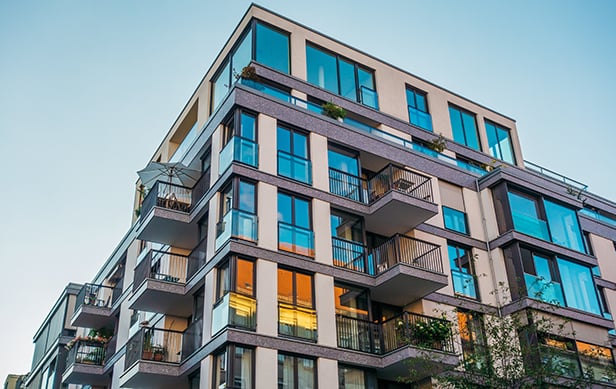Last week's GlobeSt.com Quick Poll asked readers if the bailout is already improving CRE's outlook or if it will take time to help the industry. Michael Gottilla, Colliers Houston & Co.'s director of research in Teaneck, talks to GlobeSt.com about why the bailout was necessary but may not halt falling market prices.
The commercial real estate market existed in a parallel universe for the first phase of the credit crisis. Prices kept rising even after Bear Stearns collapsed. Commercial real estate prices behaved as if they were impervious to the storm battering the global economy. Things had been so good for so long that there certainly appeared to be a great deal of willful neglect on the part of market participants regarding the obvious linkage between commercial real estate and the economy. In September, when Lehman Brothers went bankrupt and AIG was forced to turn to the government in order to survive, the perception of invincibility was shattered.
Those events caused a cessation in lending that was a wake up call for the commercial real estate industry. Commercial real estate market participants could no longer hit the snooze button. Since that time most people in the commercial real estate market have done their best to conceal their apprehension. Regardless, they have come to the realization that they exist in the same universe as everyone else. The bailout has done very little to make that epiphany less worrisome.
The appreciation in prices that has occurred was chiefly driven by cap rate compression and not by gains in net income. The steady performance of commercial real estate, since the rebound from the S&L crisis, lowered risk premiums unreasonably. That fact, combined with the extreme proliferation of leverage, created unrealistic prices for properties. The bailout, in concert with all the other efforts and initiatives of the government, will make money available again. However, market fundamentals will determine prices. Cap rates have been squeezed to unjustifiable levels. An adjustment from the 6% cap rate that had prevailed to an 8% cap rate, a number much more in line with traditional valuations, alone would represent a 25% decline in market prices. That adjustment will be made more severe when net incomes begin to reflect the negative impact of the recession.
Recommended For You
Want to continue reading?
Become a Free ALM Digital Reader.
Once you are an ALM Digital Member, you’ll receive:
- Breaking commercial real estate news and analysis, on-site and via our newsletters and custom alerts
- Educational webcasts, white papers, and ebooks from industry thought leaders
- Critical coverage of the property casualty insurance and financial advisory markets on our other ALM sites, PropertyCasualty360 and ThinkAdvisor
Already have an account? Sign In Now
*May exclude premium content© 2025 ALM Global, LLC, All Rights Reserved. Request academic re-use from www.copyright.com. All other uses, submit a request to [email protected]. For more information visit Asset & Logo Licensing.








